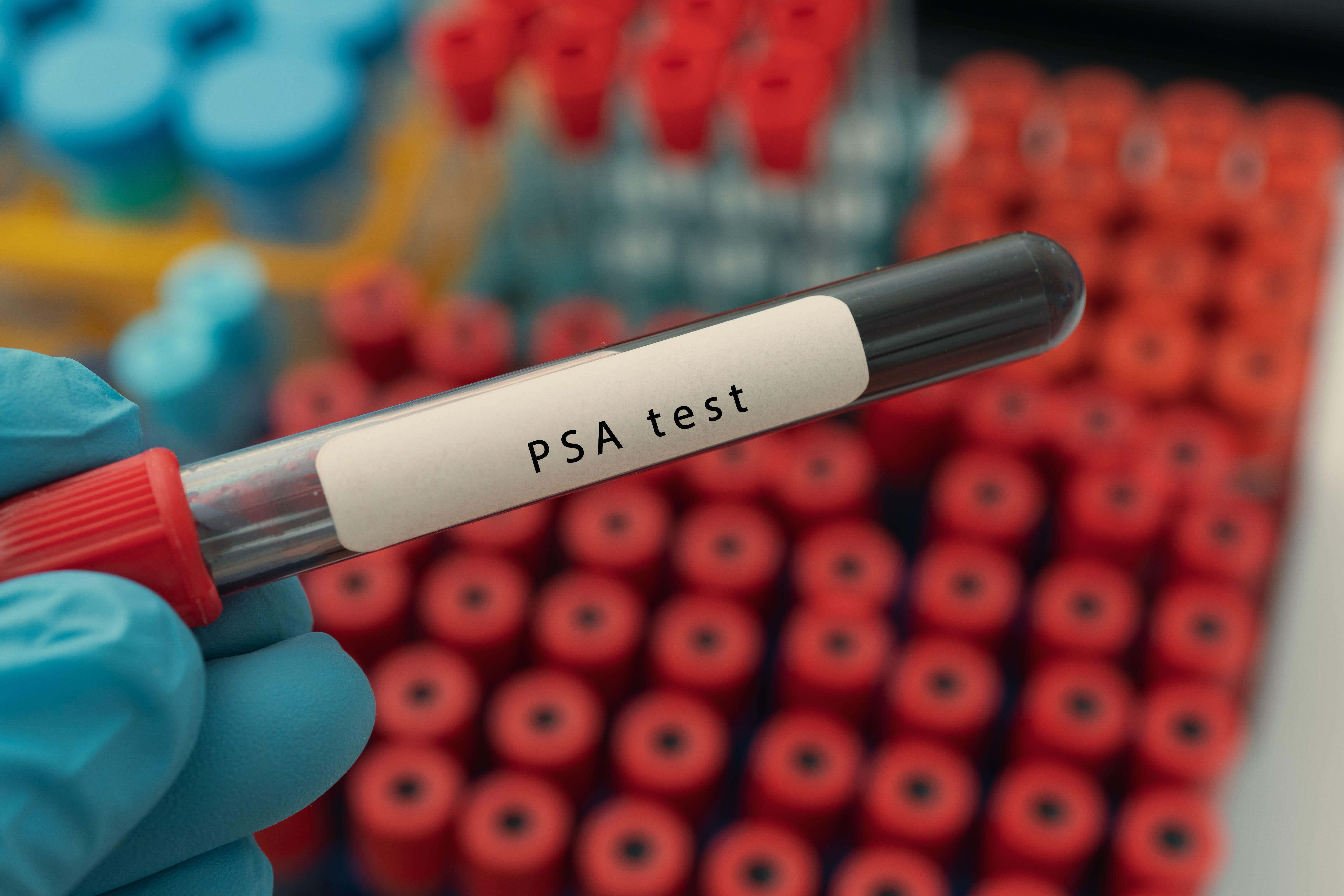Doctors are “overtesting” men for prostate cancer and not targeting “those most likely to benefit,” researchers have warned.
Prostate cancer is the most commonly diagnosed cancer in the UK, affecting 55,300 men a year, but prostate-specific antigen testing (PSA) is only routinely recommended for men with certain symptoms.
This type of testing remains controversial because it has led to an increased number of healthy men being diagnosed and treated unnecessarily for harmless tumours, which can lead to erectile dysfunction or incontinence, according to Prostate Cancer UK.
Researchers at the University of Oxford, in a study of more than 10 million men in England, aimed to find out how PSA tests are used.
The study, published by the BMJ, highlights that there is a lack of consistent guidance and many patients are tested more frequently than recommended, even patients without recorded symptoms.

The major concern raised in this study “is that unregulated PSA testing will result in large costs and harms and increase the incidence of prostate cancer likely to remain undetected, while doing little to identify prostate cancer most likely to cause symptoms and death”.
Study author Dr Juan Franco and her colleagues also note that “unpredictable surges in PSA testing, overtesting, and associated costs” may increase as a result of celebrities publicly sharing their cancer diagnoses and advocating for screening.
The study comes as the government awaits advice on a national screening programme for prostate cancer, which was launched following Sir Chris Hoy’s call for more men to be screened after he revealed in February 2024 that he had been diagnosed with stage four prostate cancer.
Researchers used data from 10,235,805 men aged 18 and over who were registered at 1,442 general practices across England between 2000 and 2018 and did not have a prostate cancer diagnosis before entering the study.
Data was compared with the National Cancer Registry, Hospital Episode Statistics, and Office for National Statistics, and results were analysed by region, deprivation, age, ethnicity, family history of prostate cancer, symptom presentation, and PSA value.

A total of 1,521,116 men had at least one PSA test during the study period, resulting in 3,835,440 PSA tests overall.
Testing increased fivefold during the study period, particularly in men without symptoms and those with PSA values below recommended thresholds.
The highest testing rates occurred in men aged 70 and older, who are least likely to benefit from repeat testing, and a substantial portion occurred in men decades younger than recommended.
The highest rates of testing were seen in white patients in less deprived areas.
Almost half of the men (735,750) were retested. Of these, more than 75 per cent had no symptoms recorded, and 73 per cent never had a PSA value above the recommended threshold.
The average interval between tests was just over a year overall, this increased to 17 months for patients who never had a PSA value above the recommended threshold – which is still shorter than guidelines advise.
Overtesting can be a problem because about a quarter of men diagnosed with prostate cancer will have a slow-growing form of cancer that is unlikely to progress and cause harm, and therefore does not need treating.
NICE guidance currently only advises active surveillance as the preferred approach for men who have the lowest-risk cancer. But these guidelines have not been updated since 2021, and since then testing has improved.
Researchers conclude there is a “need for better NICE guidance, especially in men outside of recommended ages or men with lower urinary tract symptoms, erectile dysfunction, or other conditions unrelated to prostate cancer”.
A NICE spokesperson said: “We are committed to ensuring our guidelines continue to reflect the best available evidence and give patients the best possible outcomes. They are developed by an independent committee, including NHS clinical experts, and are kept under review to ensure they remain current.
“We will be updating our prostate cancer guideline, including a review of the recommendations around active surveillance, and will be assessing whether our suspected cancer guideline around age-related thresholds for PSA tests for prostate cancer in primary care requires updating.”




